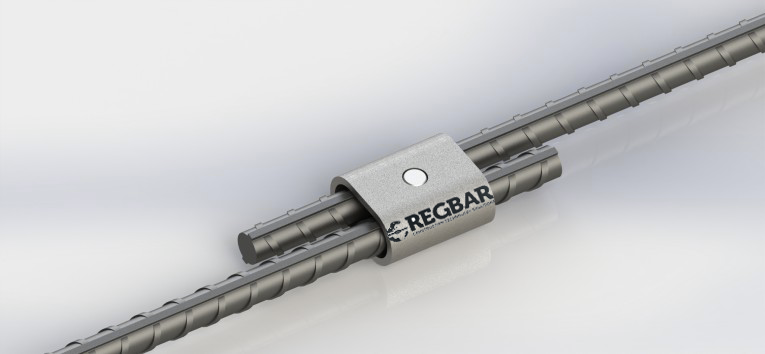Rebar couplers are essential in modern construction, offering numerous advantages to builders and engineers alike. These innovative devices enhance building projects’ overall quality and efficiency. Rebar couplers ensure the structure’s load-bearing capacity is maintained or enhanced by creating a secure and reliable connection between reinforcing bars. This is particularly important in areas prone to seismic activity or where buildings must withstand extreme weather conditions.
Using rebar couplers allows for a more uniform stress distribution throughout the structure, reducing the risk of weak points that could compromise the overall stability. This enhanced structural integrity translates to safer buildings that can withstand the test of time and environmental factors.
Time-saving benefits
The fast-paced world of construction, time is of the essence. Rebar coupler offer a significant advantage by streamlining the connecting reinforcing bars. Traditional methods of overlapping and tying rebar can be time-consuming and labour-intensive. With rebar couplers, the connection process becomes much quicker and more efficient.
The simplicity of installing rebar couplers means that construction crews can work faster without compromising on quality. This time-saving aspect is precious in large-scale projects where every minute counts. By reducing the time required for rebar installation, projects can progress more rapidly, potentially leading to earlier completion dates and reduced overall construction timelines.
Cost-effective solution
While the initial cost of rebar couplers may be higher than traditional methods, their long-term cost-effectiveness becomes apparent when considering the broader picture. The time saved during installation translates directly into reduced labour costs, which can be substantial in large projects. Additionally, the improved structural integrity provided by rebar leads to reduced maintenance costs over the lifetime of the building.
The use of couplers can result in material savings. Traditional overlapping methods often require longer lengths of rebar to achieve the necessary strength, whereas couplers allow for more efficient use of materials. This reduction in material waste contributes to cost savings and sustainable construction practices.
Improved construction efficiency
Rebar couplers significantly enhance overall construction efficiency in several ways. Their use simplifies the rebar installation process, reducing the likelihood of errors and improving the quality of artistry. This leads to fewer delays caused by corrections or rework, keeping the project on schedule and within budget.
The standardized nature of rebar coupler installations also contributes to improved quality control. Unlike manual tying methods, which can vary in quality depending on the worker’s skill, rebar couplers always provide consistent and reliable connections. This consistency is crucial for the building’s structure to meet or exceed design specifications.
Enhanced safety on construction sites
The use of rebar can contribute to improved safety on construction sites. Traditional methods of connecting rebar often involve cutting and bending, creating hazards for workers. Rebar couplers eliminate the need for these potentially dangerous activities, reducing the risk of injuries related to handling and manipulating reinforcing bars. Additionally, the quicker installation process associated with couplers means that workers spend less time in precarious or confined spaces, further enhancing overall site safety.












